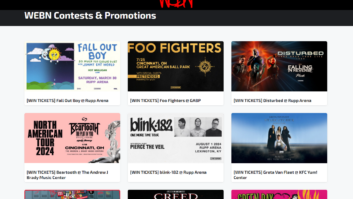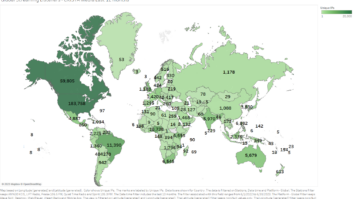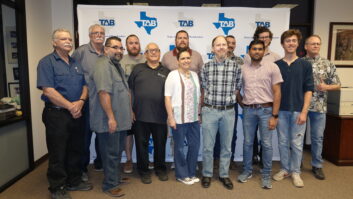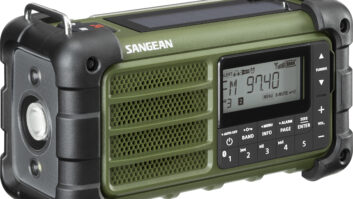
Expect to hear this statistic quoted a lot in coming months: Radio delivers a sales “lift” of $6 for every $1 spent.
That was the finding of a study of advertising “return on investment” conducted by Nielsen Audio and Nielsen Catalina Solutions. It was released in late March and received further attention in an April financial report from Clear Channel, whose Media+Entertainment business sponsored the study.
The statistic is likely to give U.S. commercial radio managers and salespeople a handy factoid to add to their “elevator speeches” — what they would say if they were on a short elevator ride and someone asked, “Why should I believe in radio as a marketing channel?”
Reporting the “six for one” statistic, Ad Age quoted a Nielsen Catalina official as saying, “It’s shocking how connected people are to their radio.”
What’s shocking to me is how easily radio’s connection is dismissed in the uncritical “group thinking” common among financial analysts and competing media.
The study aimed to determine how radio advertising influences actual retail sales, and to measure ROI. Researchers took listener information for specific commercials (as collected via the Portable People Meter, now owned by Nielsen) and linked it to 60 million households of frequent shopper data in a “single source” view. Their aim was to figure out how radio spots influenced sales of products bought in listeners’ households.
“The overall finding was that for every dollar spent on advertising, there was a sales return of six dollars on average for those exposed to the ads in the prior 28-day period,” the researchers reported. “The sales impact was measured for the specific media buys of 10 brands, each of which had different combinations of radio networks.”
Another finding: Radio delivers strong consumer sales response close to the time of purchase. The closer the exposure is to purchase, the higher the response. Further, “African-Americans and Hispanics also showed higher responses to exposure.”
Look. I know radio has its issues trying to navigate its future due to evolving platforms. And we can beef plenty about how U.S. commercial radio corporations manage, or sometimes mismanage, their valuable holdings through poor programming decisions. I don’t merely swallow all of corporate radio’s Kool-Aid.
But people in our industry should fight, fight, fight anytime someone around them, especially in other media, repeats the canard that radio is dead or dying, that ours is a medium made irrelevant by satellites, smartphones and streaming.
This is a simplistic, defeatist mindset — and a false one. But let’s keep it from becoming self-fulfilling.
“RADIO HAS LEGS”
I’m happy to hear a combative theme sounded more often lately.
Nautel President/CEO Peter Conlon told me at the recent NAB Show that there’s good news to be found around the industry, if you look; people are buying radio stations and buying transmitters.
“Is that ‘stupid’ money?” he asked me rhetorically. No; those investors are not dumb. “Radio has legs,” Conlon said with emphasis. “Innovation is not dead.”
Emmis CEO Jeff Smulyan, in an April video interview with the NASDAQ CEO Signature Series, replied to a question about the “death” of traditional media properties by politely reminding the questioner that “listening to traditional radio has held up very well,” while reiterating his view that activation of the FM chip could also dramatically help “change the perception” of radio by making it part of the exploding smartphone experience.
Consultant Holland Cooke, writing in Talkers, noted positive remarks about radio at the NAB Show by influential tech columnist David Pogue. Cooke extrapolated: “As broadcasters, we have call letter cred and cume and TSL and dashboards and habit, a powerful head start.”
And let us not forget the big nut. U.S. radio reaches 244.4 million people in an average week, according to Nielsen, 92 percent of the population. That remains a powerful fact.
So even if you aren’t a GM or account exec, get your own elevator speech together; try it out in the mirror. Cynicism is easy to parrot; tell me something different: Why is radio a good investment? Why is it a place you want to spend the rest of your career?
Write to [email protected].












